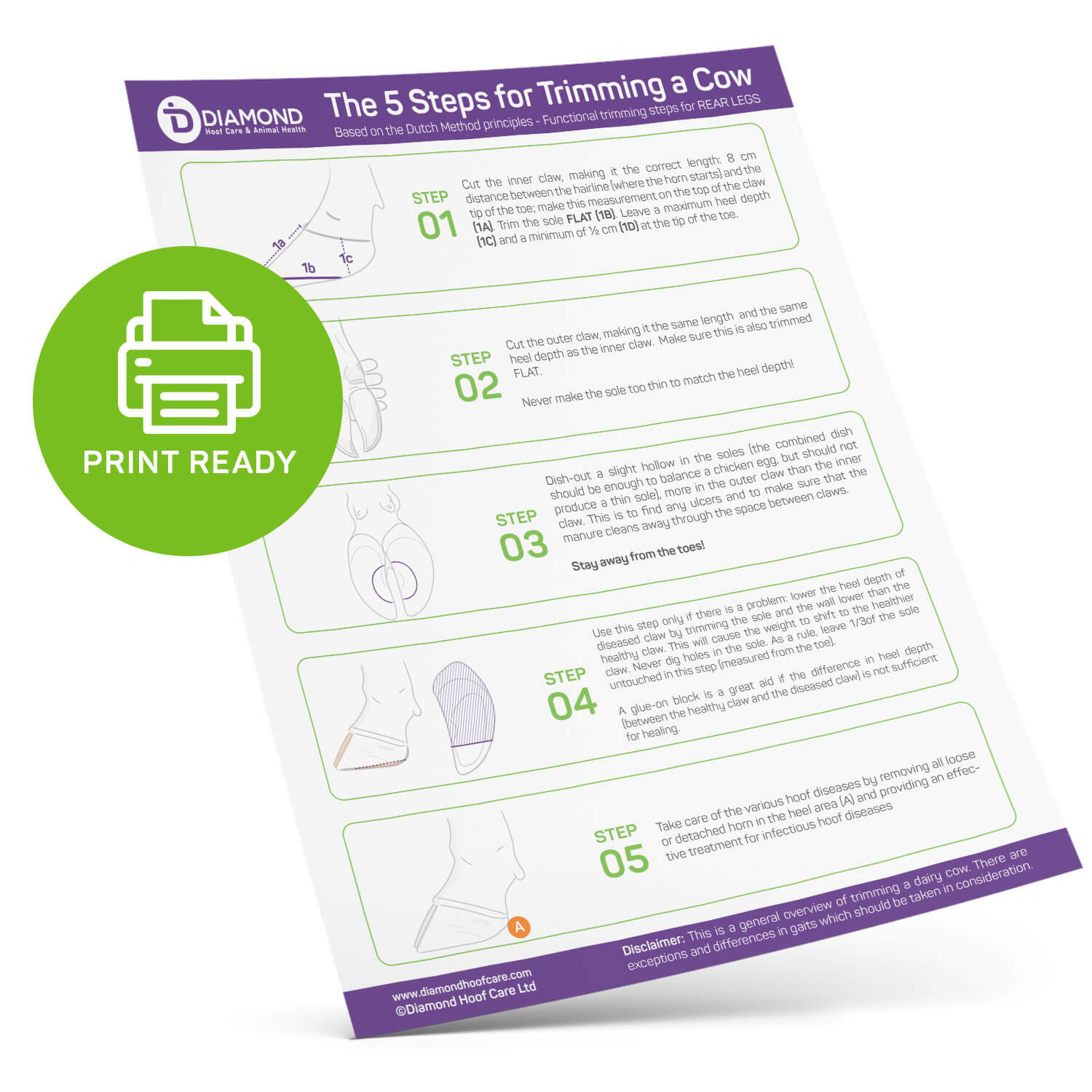Have you wondered whether your switch to sand bedding might be increasing lameness in your dairy herd? If so, you’re not alone in having such thoughts.
As one producer recently told me, they converted to sand bedding about a year ago, and it seems as if their lameness rate is going up. He explained that their problem seems to be mostly white line defects that often appear in two or more feet. Their professional hoof trimmer has tried different trimming methods, doing his best to control the situation. The floor is quite wet, causing the hoofs to be soft, and the barn is filled to capacity. Struggling to deal with the lameness issues, the producer turned to me for some answers.
I have trimmed some herds that are on sand bedding. However, I’m certainly not an expert on sand bedding. For this reason, I’ll offer some suggestions rather than answers.
Research on sand bedding
Let me start by directing you to a research paper that the Journal of Dairy Science published in 2008. It carries the title, “Effects of Sand and Straw Bedding on the Lying Behavior, Cleanliness, and Hoof and Hock Injuries of Dairy Cows.”

You should pay particular attention to Table 3 (see above). The study results show that hoof problems decrease with the use of sand for bedding. This has also been our experience with sand. In my opinion, it’s fair to say that good quality sand in itself is not to blame for the increase in problems in your herd. Cows love sand and prefer it for their bedding. Let me note again that we are talking about good quality sand. Some kinds are very sharp and will cause hoof problems.
So, what else can you consider when looking for a possible connection between sand bedding and lameness?
1. Soft hooves
The producer I mentioned said they had a lot of moisture, suggesting that it was causing softness of the hooves. However, moisture is not the direct cause of such problems. Still, it’s always best to have the floors clean and dry. The dryer, the better!
2. Overall health
Have you noticed any increase in other overall disorders, like mastitis or DA? They might be the cause of laminitis as they can result in poor, thus weaker, horn production. These are major causes of lameness and have no direct relationship to sand bedding.
3. Slippery floors
Due to the sand, I cannot believe that the floors are slippery. However, slippery floors can result in a higher occurrence of hoof problems.
4. Slopes
Are there slopes in the holding area? How about long waiting times for milking? If the cows have to wait longer than desired or the floors are excessively slopy, this can also increase the occurrence of hoof problems. They will most often appear as white line defects.
5. Hoof wear and trimming
One final point that comes to mind is excessive wear. Sand can cause a lot of extra wear on the sole, and I have noticed a negative balance between wear and growth. My advice is to keep enough sole thickness in place and play it safe when removing the horn on trimming day. The horn is there to protect the corium. We should keep this balance in mind, and I’m sure we are all on the same page with this one. If we are dealing with short hooves, we shouldn’t trim just for the sake of keeping busy or making it “nice and white.” It’s also important to provide relief to the problem animals. Keep them on a softer surface, giving the hoof a period of rest. In cases of excessive wear, I also encourage the use of hoof blocks to promote healing.
Concluding remarks
I understand the frustrations and disappointments lame cows cause but keep up the good work! Tweak a little here and there, perhaps experiment a bit with a small number of animals. You could try something on five cows, and if it works, you can apply it to the rest of your herd. And you’ll always do well to seek the advice of your veterinarian or hoof trimmer.
If you have any questions or suggestions, whether or not it is related to this article, feel free to contact me through the Contact page. You can also download a PDF version of this article, and we encourage to share it with others.




